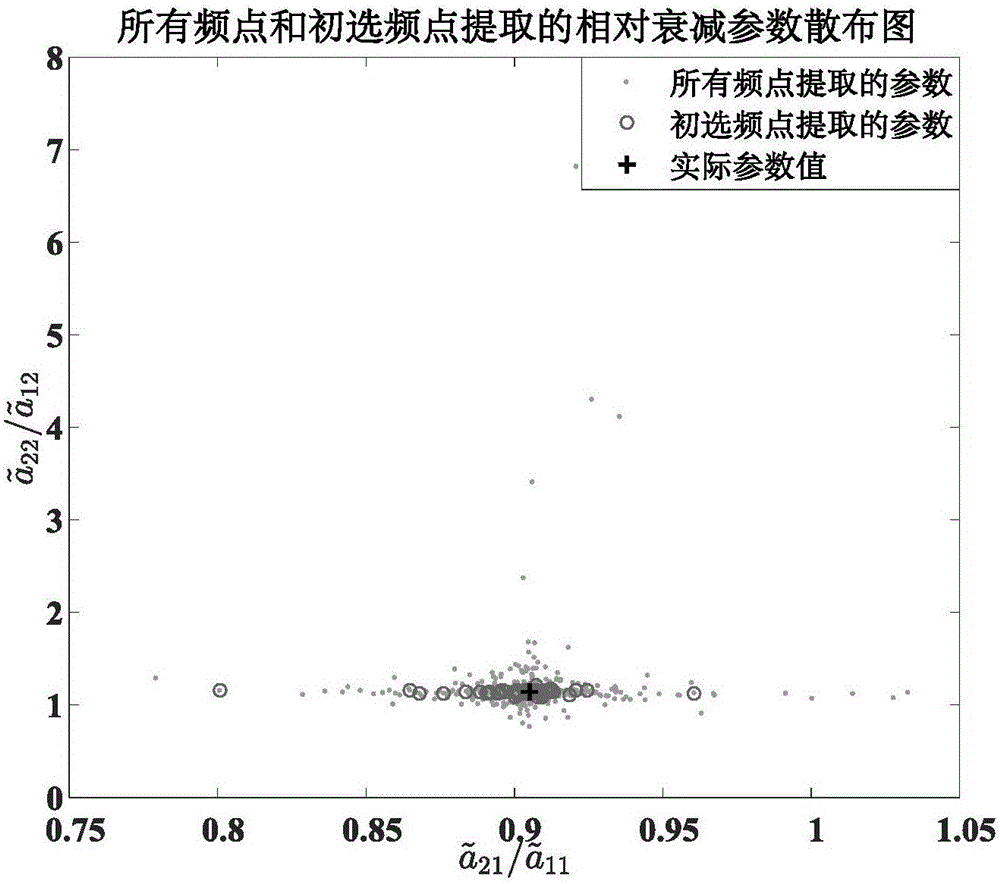Fast speech blind source separation method based on frequency point selection under binaural distance
A fast speech and blind source separation technology, applied in the direction of speech analysis, instruments, etc., can solve the problem that the separation algorithm of frequency point selection standard and unselected frequency points cannot be directly applied, the separation algorithm of unselected frequency points cannot work normally, and delays Inaccurate parameter TDOA and other issues, to achieve the effect of reduced computational complexity, reduced computing time, and easy access
- Summary
- Abstract
- Description
- Claims
- Application Information
AI Technical Summary
Problems solved by technology
Method used
Image
Examples
Embodiment Construction
[0049] The present invention will be further described below in conjunction with the accompanying drawings and embodiments.
[0050] blind source separation model
[0051] In an actual environment, the signal received by the microphone is not only the attenuated signal reached by the direct path, but also the signal reflected by the multipath. The path that a signal takes from a sound source to a microphone is usually described by a hybrid filter of finite length. define i (n) is the signal from sound source i (1≤i≤M, M is the number of sound sources), x j (n) is the signal received by microphone j (1≤j≤N, N is the number of microphones), a ji (n) is the room impulse response from sound source i to microphone j, L is the length of the room impulse response, x j (n) is expressed as:
[0052]
[0053] Under the condition of convolutional mixing, the mixing filter may be thousands of knots long. Using the time-domain blind source separation method, it is necessary to esti...
PUM
 Login to View More
Login to View More Abstract
Description
Claims
Application Information
 Login to View More
Login to View More - R&D
- Intellectual Property
- Life Sciences
- Materials
- Tech Scout
- Unparalleled Data Quality
- Higher Quality Content
- 60% Fewer Hallucinations
Browse by: Latest US Patents, China's latest patents, Technical Efficacy Thesaurus, Application Domain, Technology Topic, Popular Technical Reports.
© 2025 PatSnap. All rights reserved.Legal|Privacy policy|Modern Slavery Act Transparency Statement|Sitemap|About US| Contact US: help@patsnap.com



